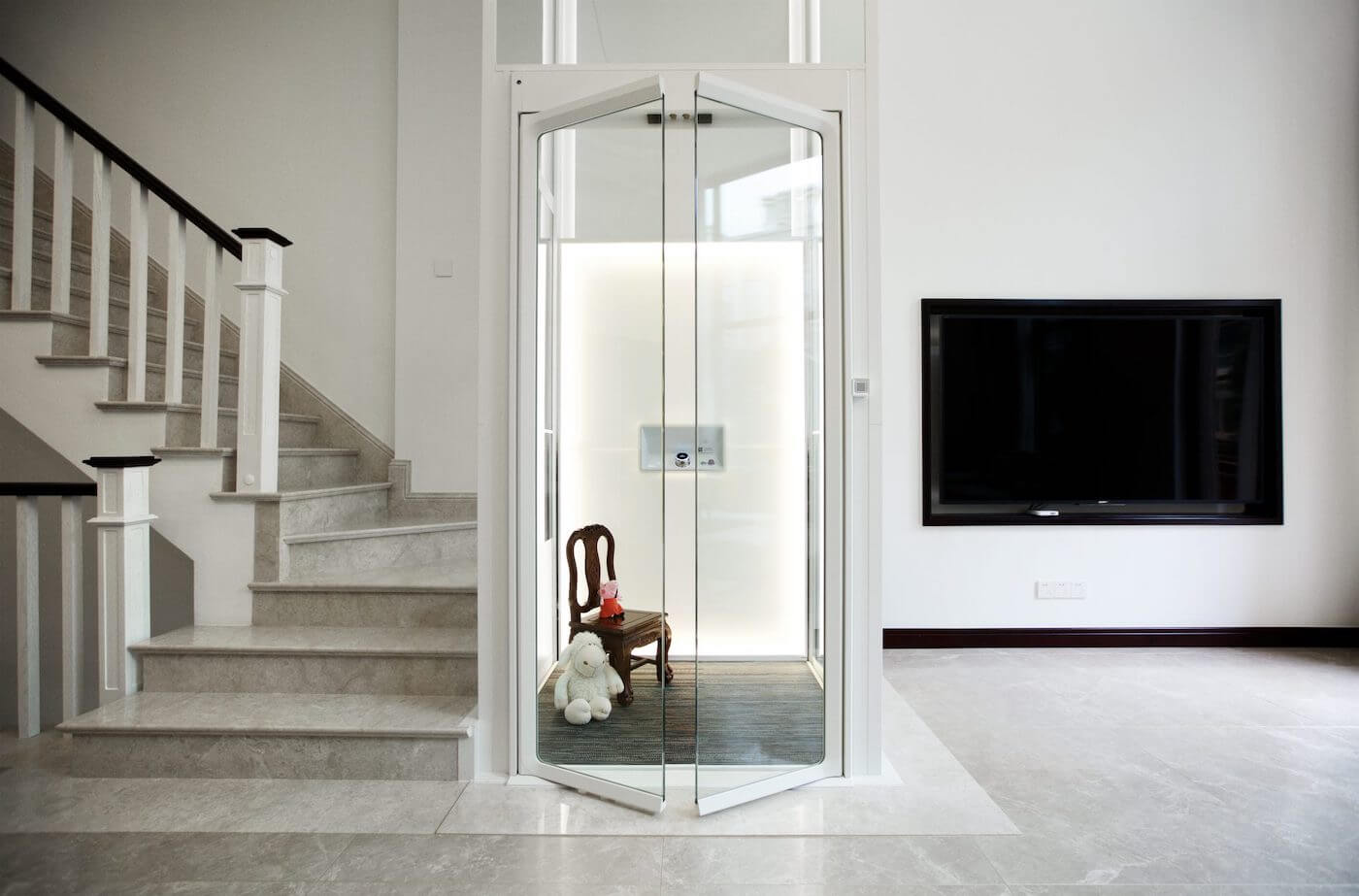Compare Disabled Platform Lifts Prices UK: Affordable Options for Every Need
Compare Disabled Platform Lifts Prices UK: Affordable Options for Every Need
Blog Article
Unraveling the Intricacies of Lift Technology: Troubleshooting Common Issues Throughout Lift Designs
In the world of lift innovation, a myriad of intricacies commonly exist below the surface area of what seems a straightforward system. From slow-moving operation issues to peculiar noises originating from the equipment, repairing typical issues throughout numerous lift models requires a keen eye for detail and an organized strategy - repair and maintenance services. As we start this trip to untangle the intricacies that can pester these important tools, a much deeper understanding of the inner operations and possible risks of lift technology is vital. Keep tuned as we browse through the maze of lift malfunctions, looking for remedies to the enigmatic issues that can interrupt the smooth performance of these indispensable apparatuses.
Identifying Slow Operation Issues

Following, inspect the electric connections to ensure that all parts are correctly connected and working. Faulty circuitry or loosened connections can lead to reduce procedure or total malfunction of the lift system. Furthermore, it is important to check the control system to establish if the concern lies in the shows or sensors.
If the aesthetic assessment and electrical checks do not reveal the source of the slow operation, further diagnostic examinations might be needed. These can consist of stress examinations for hydraulic systems, voltage examinations for electrical elements, or running diagnostic software program for the control system. repair and maintenance services. By adhering to a methodical approach to fixing slow-moving procedure concerns, you can successfully determine and solve the issue, making sure the lift runs securely and effectively
Resolving Odd Sounds
To successfully repair lift technology for unusual noises, a thorough evaluation of the lift parts complying with the recognition of slow-moving procedure problems is vital. Unusual sounds in lifts can be a sign of underlying issues that require timely focus to ensure the safety and reliability of the system. Usual sources of odd noises in lifts include worn-out or misaligned wheels, damaged electric motor bearings, damaged or loose suspension ropes, and malfunctioning control systems. When attending to unusual sounds, it is important to perform an organized assessment of these parts to pinpoint the exact root cause of the sound properly. This might involve examining for any type of visible signs of wear and tear, testing the functionality of electric motor bearings, tightening up loose links, and oiling relocating parts as needed.
Furthermore, it is important to describe the lift manufacturer's maintenance guidelines and look for support from qualified professionals when handling intricate lift components or unfamiliar troubleshooting treatments. By promptly attending to weird sounds and solving underlying concerns, lift drivers can make certain the optimal performance and security of the lift system for travelers and operators.
Dealing With Faulty Control Issues
An efficient technique for resolving malfunctioning control problems in lift modern technology involves performing an extensive analysis of the control system's components and capability. When experiencing concerns with lift controls, it is essential to initial check for any kind of loose connections, damaged circuitry, or malfunctioning sensors. Confirming that all control screens, switches, and keypads are working appropriately is also necessary in diagnosing the issue precisely.
If no noticeable problems are noticeable, specialists must continue to inspect the control this article panel for any type of indicators of water getting too hot, damages, or deterioration, as these can typically cause control malfunctions. Additionally, resetting the control system or updating the software application may assist settle particular glitches or bugs causing the problem.

Taking On Hydraulic System Malfunctions
The performance of hydraulic systems in lifts relies heavily on the appropriate performance of numerous components within the system. When hydraulic systems malfunction in lifts, it can lead to operational interruptions and safety worries.
In addition, abnormalities in hydraulic liquid levels or unusual noises during lift operation may indicate underlying system breakdowns that require instant attention to protect against more damages. Routine maintenance and prompt troubleshooting of hydraulic system concerns are vital to making sure the risk-free and effective operation of lift innovation.
Taking Care Of Electric Part Failures
Dealing with electric element failures in lift technology requires a methodical method to detecting and settling issues to maintain operational capability and safety criteria. When running into electrical troubles in lift systems, it is vital to first perform a complete assessment of the electric elements, consisting of control panels, wiring, sensing units, and motherboard. Any indicators of damage, rust, loose connections, or burned aspects need to be very carefully kept in mind and attended to immediately to avoid additional complications.
When it comes to electric component failures, it is essential to comply with supplier guidelines for fixing and fixing procedures. This may entail checking the components utilizing multimeters, oscilloscopes, or various other analysis tools to identify Read Full Report the specific resource of the malfunction. Furthermore, having a thorough understanding of the lift's electrical schematics and wiring representations can assist in identifying and correcting problems efficiently.
Routine upkeep and examination schedules can help stop electric failings by detecting prospective problems early. Correct training for lift technicians on electrical systems and elements is likewise crucial to make sure accurate medical diagnosis and effective resolution of electrical troubles, inevitably adding to the overall security and reliability of lift operations.
Conclusion
In conclusion, fixing lift modern technology calls for a systematic method to identify and attend to typical issues such as sluggish operation, strange noises, faulty controls, hydraulic system malfunctions, and electric part failings. By understanding the complexities of lift technology and adhering to correct fixing steps, service technicians can efficiently fix problems and ensure the safe and reliable procedure of lifts across numerous models.
To effectively repair lift innovation for unusual sounds, a detailed assessment of the lift elements following the recognition of slow procedure problems is crucial. Unusual sounds in lifts can be a sign of underlying problems that call for timely attention to make certain the security and reliability of the system.A reliable strategy for addressing defective control troubles in lift innovation entails carrying out a comprehensive evaluation of the control system's parts and performance.The effectiveness of hydraulic systems in lifts depends greatly on the correct functioning of different parts within the system. repair and maintenance services. When coming across electric issues in lift systems, it is critical to first perform a comprehensive examination of the electrical elements, consisting of control panels, wiring, sensors, and circuit next boards
Report this page